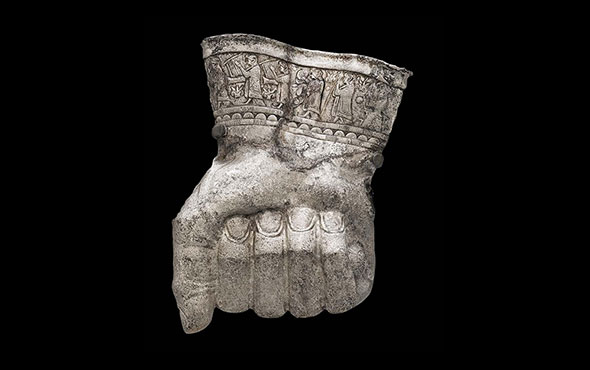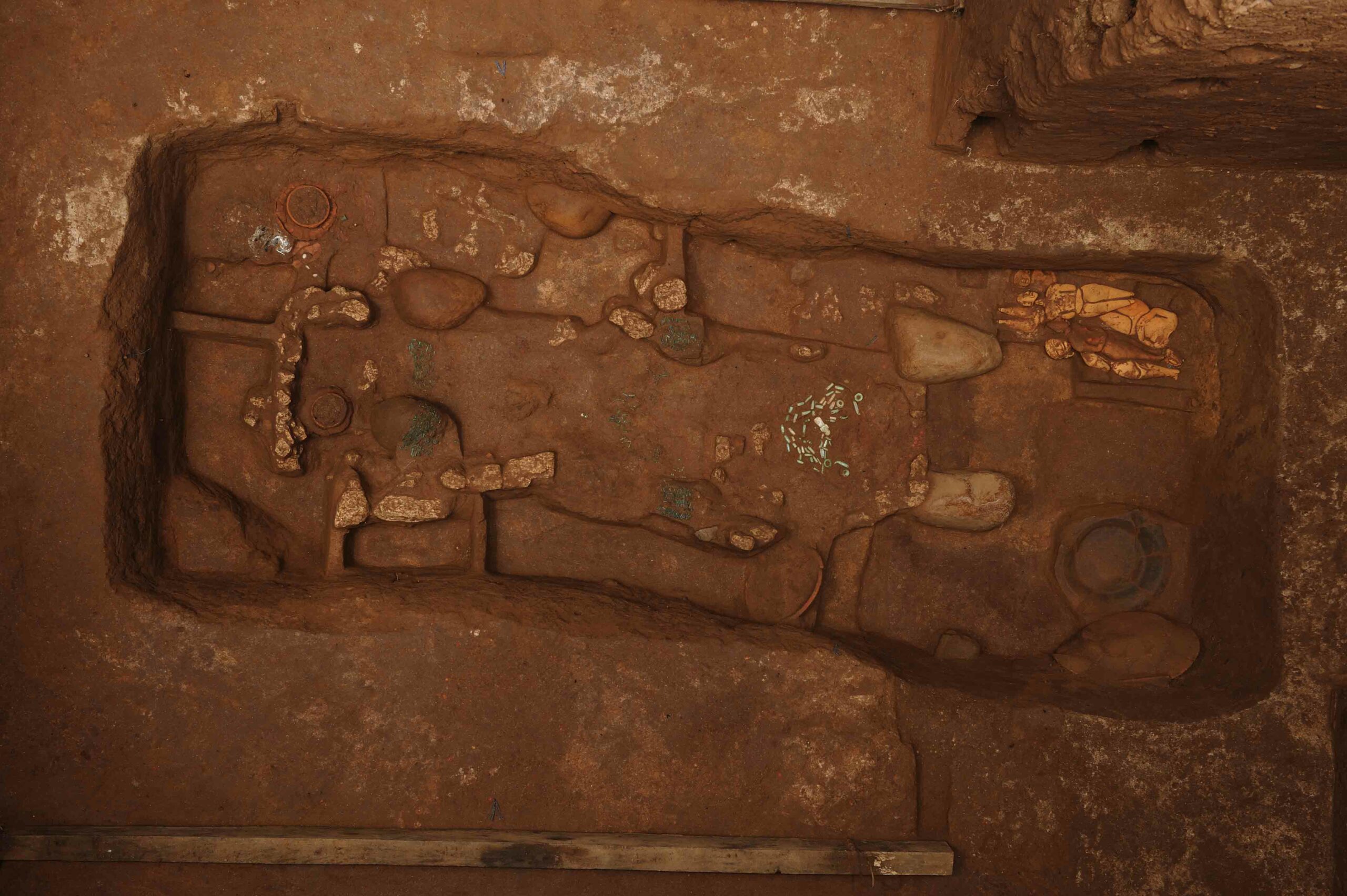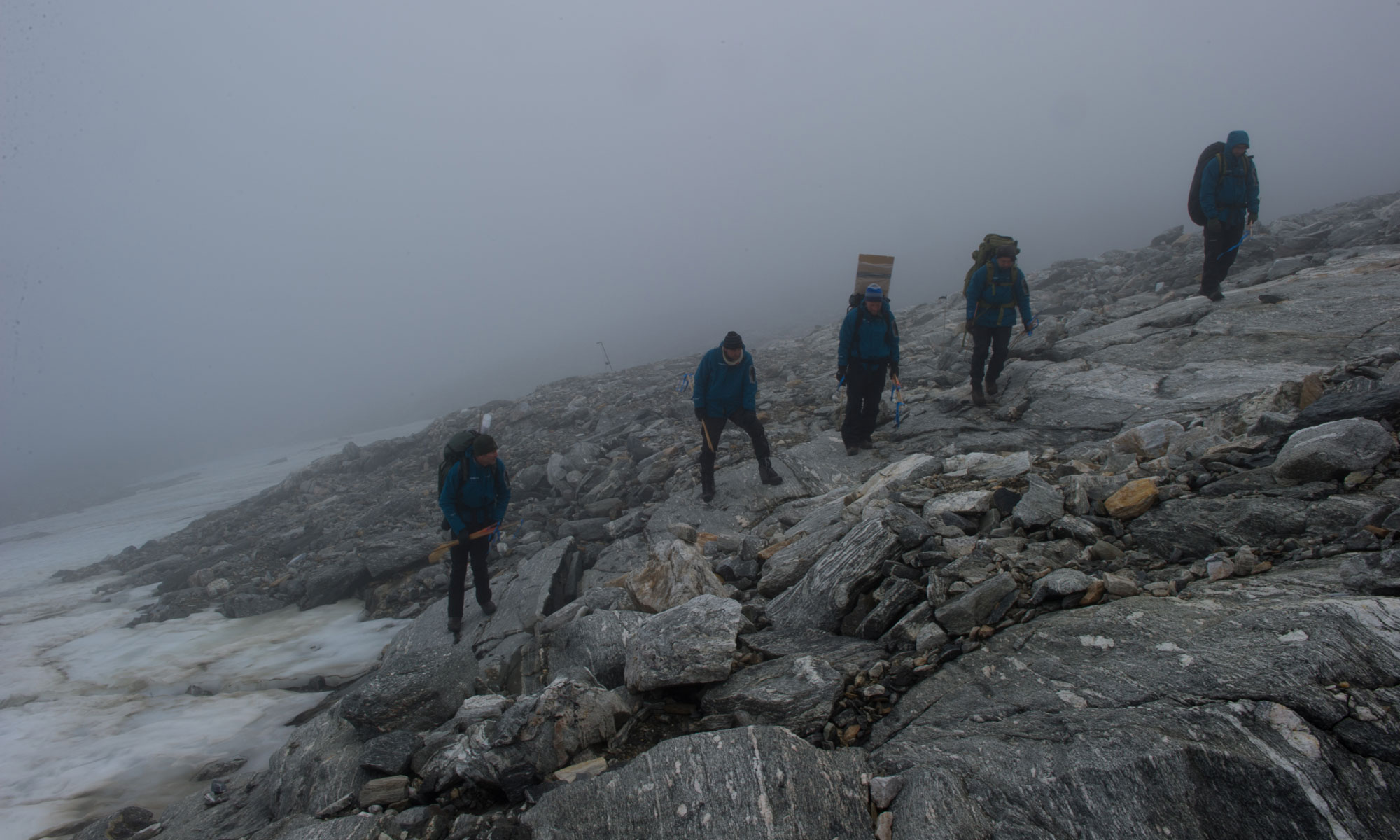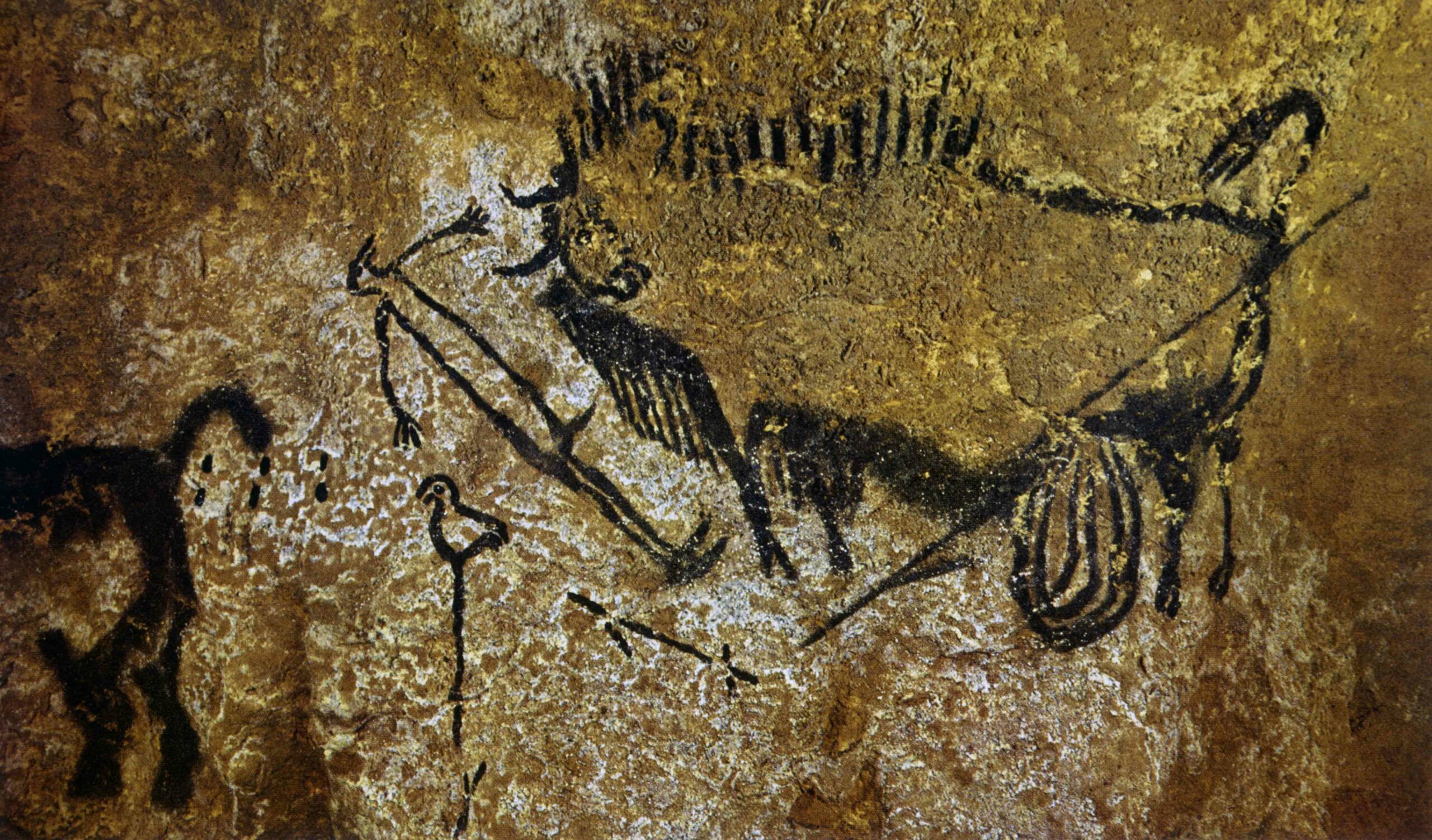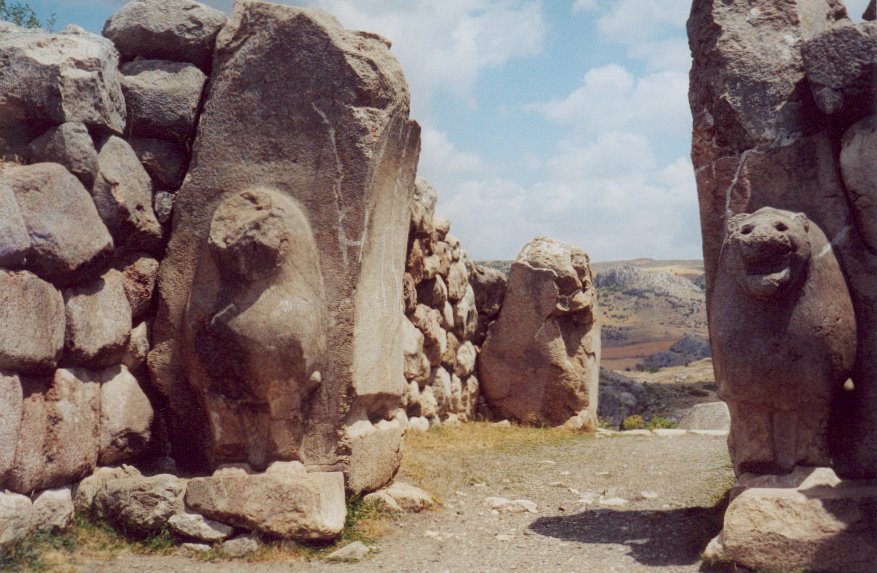
TEL AVIV, ISRAEL— A new study of ancient pollen grains from the Sea of Galilee supports the theory that a devastating drought was responsible for a regional collapse in the eastern Mediterranean during the Late Bronze Age. Scientists examined grains from cores that dated as far back as 3,500 B.C. and found that from 1250 to 1100 B.C. there was a sharp decrease in trees like oaks and pines, a sign of repeated drought episodes. A letter from a Hittite queen to Ramses II dating to the mid-13th century B.C. offers the first textual hint that something was going wrong, reading in part “I have no grain in my lands.” The team believes the drought precipitated a sharp drop in prosperity that the Hittite, Mycenaean, and Egyptian worlds never fully recovered from.





